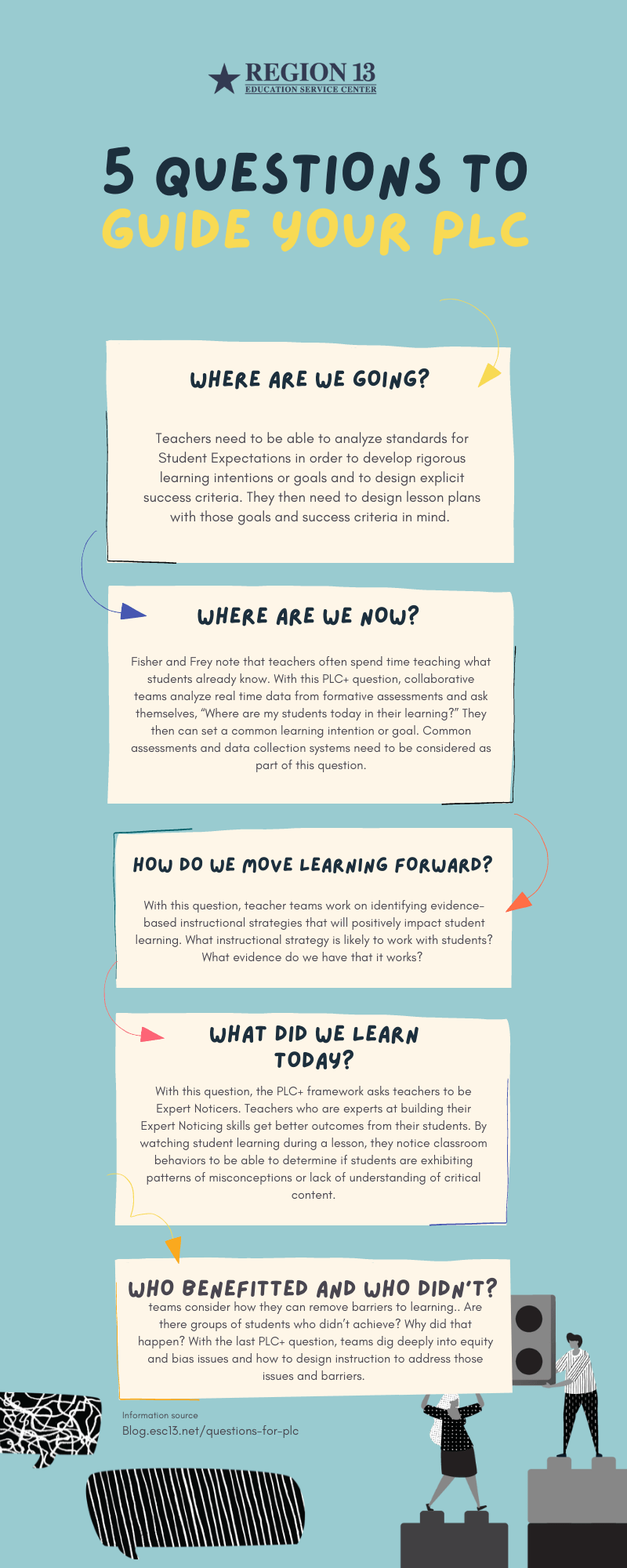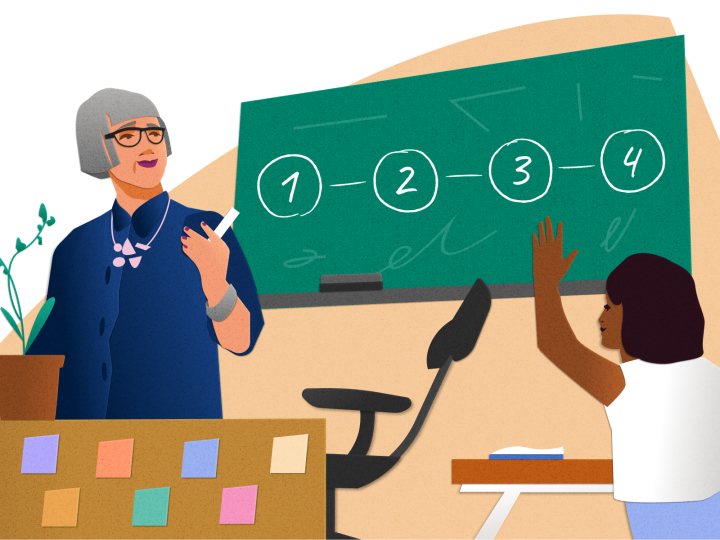In the ever-changing landscape of education, it is more important than ever for educators to have a solid understanding of the different Teaching strategies available to them. The best teaching strategy will vary depending on the subject matter, the students’ learning styles, and the classroom environment. However, there are some general principles that can help educators choose and implement the best teaching strategy for their students.
At kienhoc.vn, we believe that every student can succeed. We provide a variety of resources to help educators create engaging and effective learning experiences for their students. In this article, we will explore the different types of teaching strategies, the factors to consider when choosing a strategy, and how to implement a strategy effectively.

What is the Best Teaching Strategy?
What Makes a Good Teaching Strategy?
There is no one-size-fits-all answer to the question of what is the best teaching strategy. The best teaching strategy will vary depending on the subject matter, the students’ learning styles, and the classroom environment. However, there are some general principles that can help educators choose and implement the best teaching strategy for their students.
A good teaching strategy should be:
- Engaging: The strategy should capture students’ attention and motivate them to learn.
- Effective: The strategy should help students achieve the learning objectives.
- Efficient: The strategy should make good use of time and resources.
- Adaptable: The strategy should be flexible enough to meet the needs of different students and learning environments.
Different Types of Teaching Strategies
There are many different teaching strategies that educators can use. Some of the most common strategies include:
- Direct instruction: The teacher provides explicit instruction and guidance to students.
- Inquiry-based learning: Students are encouraged to ask questions and explore topics on their own.
- Cooperative learning: Students work together in small groups to complete tasks.
- Differentiated instruction: The teacher provides different levels of support and challenge to students based on their individual needs.
Factors to Consider When Choosing a Teaching Strategy
When choosing a teaching strategy, educators should consider the following factors:
- The subject matter
- The students’ learning styles
- The classroom environment
- The teacher’s own strengths and weaknesses
| Factor | Considerations |
|---|---|
| Subject matter | Some teaching strategies are more appropriate for certain subjects than others. For example, direct instruction is often used to teach math and science, while inquiry-based learning is often used to teach social studies and language arts. |
| Students’ learning styles | Some students learn best by listening to lectures, while others learn best by doing hands-on activities. Educators should choose a teaching strategy that is appropriate for the learning styles of their students. |
| Classroom environment | The classroom environment can also affect the choice of teaching strategy. For example, a small classroom may be more conducive to cooperative learning, while a large classroom may be more conducive to direct instruction. |
| Teacher’s own strengths and weaknesses | Educators should also consider their own strengths and weaknesses when choosing a teaching strategy. For example, a teacher who is good at explaining concepts may be more effective using direct instruction, while a teacher who is good at facilitating discussions may be more effective using inquiry-based learning. |

Different Types of Teaching Strategies
Direct Instruction
Direct instruction is a teaching strategy in which the teacher provides explicit instruction and guidance to students. This strategy is often used to teach basic skills and knowledge, such as math facts or grammar rules. Direct instruction can be effective for students who need clear and structured instruction.
Related post: Locomotor Movement: Understanding the Body’s Movement Mechanics
Inquiry-Based Learning
Inquiry-based learning is a teaching strategy in which students are encouraged to ask questions and explore topics on their own. This strategy is often used to teach higher-order thinking skills, such as problem-solving and critical thinking. Inquiry-based learning can be effective for students who are motivated to learn and who are able to work independently.
| Teaching Strategy | Description |
|---|---|
| Direct Instruction | The teacher provides explicit instruction and guidance to students. |
| Inquiry-Based Learning | Students are encouraged to ask questions and explore topics on their own. |
| Cooperative Learning | Students work together in small groups to complete tasks. |
| Differentiated Instruction | The teacher provides different levels of support and challenge to students based on their individual needs. |
Cooperative Learning
Cooperative learning is a teaching strategy in which students work together in small groups to complete tasks. This strategy can be effective for students who need to develop social skills and who are able to work well with others. Cooperative learning can also be used to teach students how to solve problems and make decisions.
- Related post: Teaching Strategies for Diverse Learners
- Related post: Creating a Positive Learning Environment

Factors to Consider When Choosing a Teaching Strategy
When choosing a teaching strategy, educators should consider the following factors:
- The subject matter
Some teaching strategies are more appropriate for certain subjects than others. For example, direct instruction is often used to teach math and science, while inquiry-based learning is often used to teach social studies and language arts. - The students’ learning styles
Some students learn best by listening to lectures, while others learn best by doing hands-on activities. Educators should choose a teaching strategy that is appropriate for the learning styles of their students. - The classroom environment
The classroom environment can also affect the choice of teaching strategy. For example, a small classroom may be more conducive to cooperative learning, while a large classroom may be more conducive to direct instruction. - The teacher’s own strengths and weaknesses
Educators should also consider their own strengths and weaknesses when choosing a teaching strategy. For example, a teacher who is good at explaining concepts may be more effective using direct instruction, while a teacher who is good at facilitating discussions may be more effective using inquiry-based learning.
| Factor | Considerations |
|---|---|
| Subject matter | Some teaching strategies are more appropriate for certain subjects than others. For example, direct instruction is often used to teach math and science, while inquiry-based learning is often used to teach social studies and language arts. |
| Students’ learning styles | Some students learn best by listening to lectures, while others learn best by doing hands-on activities. Educators should choose a teaching strategy that is appropriate for the learning styles of their students. |
| Classroom environment | The classroom environment can also affect the choice of teaching strategy. For example, a small classroom may be more conducive to cooperative learning, while a large classroom may be more conducive to direct instruction. |
| Teacher’s own strengths and weaknesses | Educators should also consider their own strengths and weaknesses when choosing a teaching strategy. For example, a teacher who is good at explaining concepts may be more effective using direct instruction, while a teacher who is good at facilitating discussions may be more effective using inquiry-based learning. |

How to Implement a Teaching Strategy Effectively
Create a Lesson Plan
The first step to implementing a teaching strategy effectively is to create a lesson plan. A lesson plan is a roadmap for your lesson, and it will help you stay on track and ensure that you are covering all of the important content. When creating a lesson plan, be sure to include the following information:
- The learning objectives for the lesson
- The materials you will need
- The activities you will lead
- The assessments you will use to measure student learning
Related post: Locomotor Movement: Understanding the Body’s Movement Mechanics
Engage Students
One of the most important aspects of implementing a teaching strategy effectively is to engage students. Students are more likely to learn when they are engaged in the learning process. There are many different ways to engage students, such as:
- Using hands-on activities
- Incorporating games and simulations
- Encouraging students to ask questions
- Providing opportunities for students to share their ideas
| Engagement Strategy | Description |
|---|---|
| Hands-on activities | Students learn by doing. |
| Games and simulations | Students learn by playing. |
| Asking questions | Students learn by thinking. |
| Sharing ideas | Students learn by talking. |
Related post: Creating a Positive Learning Environment
Use Technology
Technology can be a powerful tool for implementing teaching strategies effectively. There are many different ways to use technology in the classroom, such as:
- Using interactive whiteboards
- Incorporating online games and simulations
- Using educational apps
- Providing students with access to online resources
- Related post: Using Technology in the Classroom
- Related post: Integrating Technology into Teaching

Final Thought
The best teaching strategy is the one that is most effective for the students in your classroom. There is no one-size-fits-all approach, so it is important to experiment with different strategies to find the one that works best for you and your students. By understanding the different teaching strategies and how to use them, you can create a more engaging and effective learning environment for your students.



